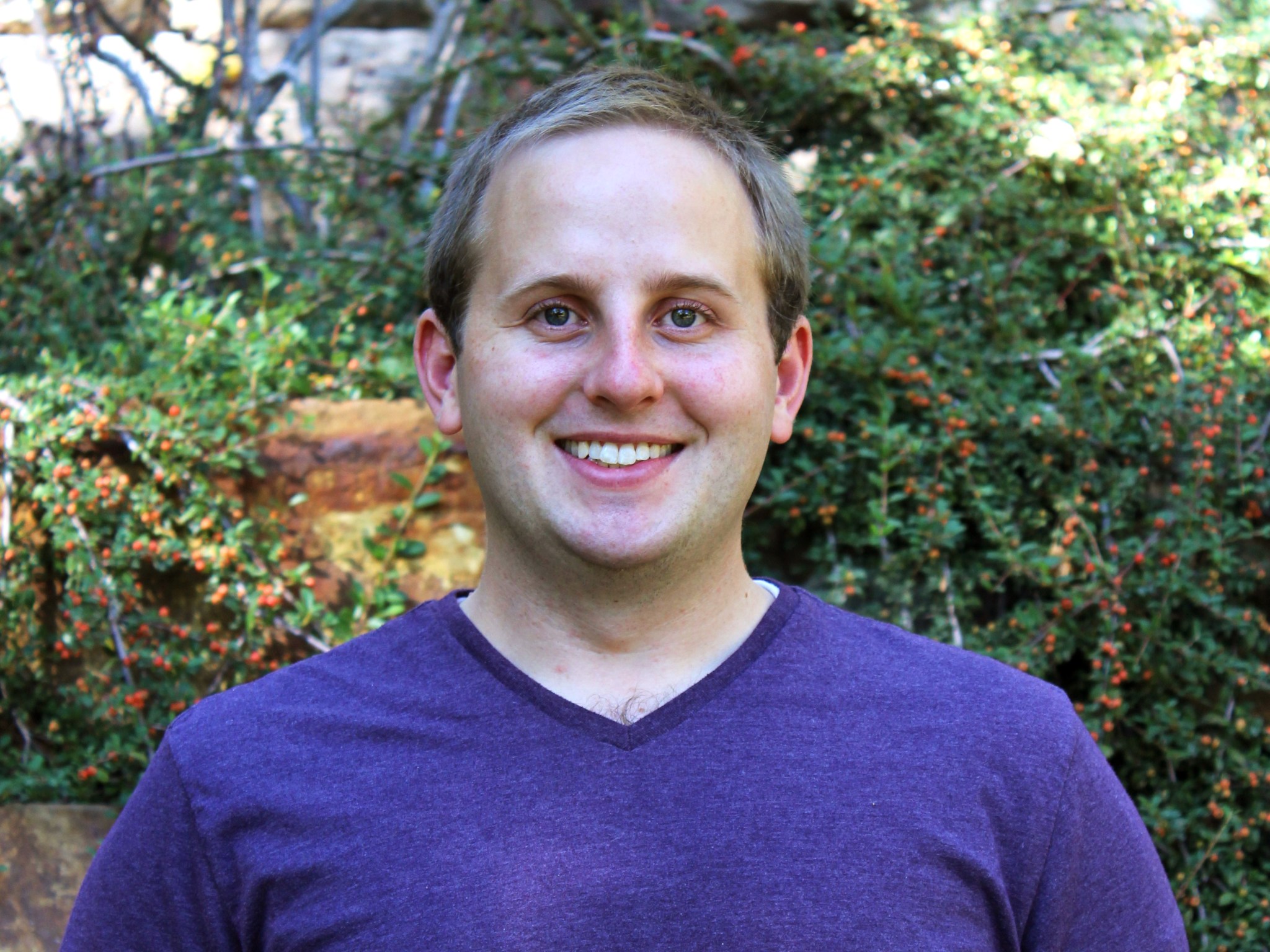Nathan Pehrson
Brigham Young University
Objectives
High stowed volume efficiencies for deployable solar array structures is a space mission enabling technology. Stowing large areas into tight volumes likely requires folding of such structures. Origami-based engineering is a recent field whose principles and methodology promise to provide solutions to this challenge. This leads to my hypothesis: Origami-based mechanisms, particularly novel methods included in my research, can be used to efficiently stow large-area structures into small volumes. Said efficiency is integral to the technology objectives and challenges of TABS element 3.1.3, Solar, and developing such origami-based deployable solar array structures with high stowed volume efficiencies is enabling to future NASA missions.
Methods
To support and test my hypothesis that origami-based mechanisms with high stowed volume efficiencies can improve the technologies for space solar power generation, the following research objectives will be employed in the progression of my research: Identify and develop novel methods to fold thick-sheet or flexible blanket materials with high areal packaging densities and thus, high stowed volume efficiencies. Show that the folding of monolithic systems developed with the SJM for autonomous deployment can reduce mass. Analytically show that these systems can meet the target goals of strength and stiffness. Develop reliably retractable solar array models. Demonstrate that these methods can contribute to mission-enabling technologies of NASA Technology Area 3: Space Power and Energy Storage by prototyping concept models which have low mass, low stowed volume, and high strength and stiffness.
Significance
My research will assist in the mission enabling TABS elements, 3.1.3.1-4 of durably producing greater solar power with low mass (high specific power) and low stowed volume (high stowed volume efficiency) and reliable retraction of solar arrays. My proposed research will provide durable mass-reducing solar power production systems with high stowed volume efficiencies which will enable future NASA missions to Mars and beyond.


























